On n'en voit toujours pas la fin /14.02.2013
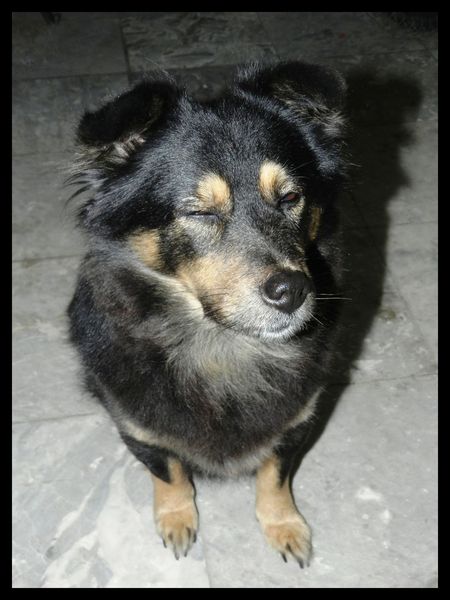 Jeudi 14 février, le "5" du Premier Mois de l'année du Serpent.
Jeudi 14 février, le "5" du Premier Mois de l'année du Serpent.
Ma sortie. temps toujours gris, sec, 19°.
La jeune dame qui vieillit trop vite.
Une des rares à ouvrir son commerce, rue Thuy Khue.
Le goulet.
Pas l'ombre d'un oeuf (de poule, de cane ou de caille).
La pagode indélogeable.
Direction carrefour.
Une soupe quand même.
Le marché est toujours fermé.
La Grande Pagode fermée elle aussi. On a réduit les drapeaux.
Celui-là a une boule sous sa patte gauche.
L'ilot du grand arbre du carrefour de Buoi.
La femme de l'ex-nouveau-chef des vigiles mange sa soupe.
Des nouilles fraîches.
Fermé !
De l'autre coté du carrefour, des miches de pain et des fleurs.
Vue sur le carrefour.
Et sur le sommet de la "montée" de Buoi.
Ou la rue des plantes.
Les bus circulent normalement, ils restent vides en matinée.
- On fait la grasse matinée Mon Bon Ruisseau To Lich ?
- Grasse ? En effet !
Retour sur la rue Thuy Khue.
L'entrée de notre ruelle à mon retour... sans pain frais.
Comme toujours, l'accueil de Juju.
L.T.
T + C
P.S.1: Repas ce midi chez nos voisins et amis les Soviets, en simplicité mais bien arrosé sans nul doute Josph ne crachant pas dans un bon verre... de vodka !
Ce soir Dulcinée remet ça, 9 invités... pffffff !
... live: juste de retour de chez Joseph. Vodka russe (Beluga, la plus chère au Vietnam parait-il) et ensuite un Scotch "Single Malt" 48% ! Au menu, je veux dire à part le liquide, un "steam boat", genre fondue chinoise mais avec des champignons, du tofu, des légumes, du boeuf, du porc, du poulet,... En fin de repas on prend la soupe qui en résulte, excellente et en plus elle vous sauve la vie.
En buvant le thé on regarde la chaine "Fashion TV", la mode des jolis "dessous" pour cet été. Digestif quoi !
P.S.2: A propos de la rue des plantes, de son vrai nom Hoang Hoa Tham
The plan was executed on the evening of June 27, 1908, when the group of Vietnamese cooks managed to mix datura poison with food they had prepared for a party. The poison immediately knocked out nearly 200 French troops but did not kill them. Moreover, one of the cooks had felt guilty and had gone to a church for confession, the French priest then reporting this to government officials; the French general-in-charge in Hanoi immediately proclaimed martial law and ordered the arrest of plot leaders and plotters. Outside the citadel, Hoang Hoa Tham did not receive the signal he was expecting, realized the plot had failed and withdrew all his troops.
In quick response to the plot, the French executed by guillotine 13 plotters. On July 8, 1908, another 24 death sentences were announced and the remaining rebels were sentenced to life or exiled. Severely repressive actions were launched against the Vietnamese activists, and hundreds of them, including Phan Chau Trinh, were sent to Con Dao prison. The French also accused Phan Boi Chau for the plot, forcing him to flee to Japan; this abortive plot later became one of many incidents that eventually landed Chau in French prison in 1914.[On the other hand, the French began hunting Hoang Hoa Tham. They attacked and defeated Tham in 11 major battles from January 29 through November 11, 1909 and then surrounded him in Yen The, though Tham managed to flee and would kept on fighting until he was assassinated in 1913. (Wikipedia)
Yen The historical site in the northern province of Bac Giang is home to the relics of a hero who led the fight against the French in the late 19th century.
From Bac Giang City, travelling on a 30km-long paved road through rice fields and litchi gardens, we arrive at Yen The historical site in the northern province of Bac Giang.
There are probably no Vietnamese who haven’t heard of the historical Yen The uprising led by national hero Hoang Hoa Tham (aka De Tham) at the end of the 19th century and early 20th century.
This was the last major uprising of farmers against the French regime, but it was also the greatest - and worried the French rulers.
Arriving in Yen The District’s main town, visitors still feel the combatant atmosphere of the uprising through the street names - Hoang Hoa Tham Street, Ba Ba Street (named after Lady Ba Can, the third heroic wife of Hoang Hoa Tham), Ca Trong and Ca Dinh streets (name after Tham’s sons) and De Nam (a general with the farmers’ army).
High on a hill, is the Den The (Oath Temple) where insurgent troops took their own blood and held an oath-taking ceremony before going into battle and attacking the French.
More than a century has gone by but the temple is still almost entire. There is a statue of Hoang Hoa Tham in the temple.
Behind the temple is a museum that exhibits images and artifacts of the uprising. Before entering the museum, we pass an 8m-high statue of Hoang Hoa Tham, with his eyes watching the distance, thinking about the struggle against the invaders.
Museum staff member Dang Van Cuong says the building opened in 1984 and has been recently upgraded. It exhibits weapons of the insurgent troops, such as muskets, bullets, swords and the famous Vietnamese cross-bows - and home ware, including bronze food trays and ceramic jars.
There are even tuong (classical Vietnamese drama) costumes that De Tham provided for his men to enact plays and relax after victories - or to inspire them to further action.
Ancient photos and paintings help visitors’ minds fly back to the past, to the years when the French troops were consolidating their hold on our country.
Standing in the front of the museum, there is Phon Xuong, a garrison for De Tham’s troops, and a long earthen rampart.
We visit the garrison, walking along a path that meanders beside a long lagoon.
The garrison was built by De Tham’s troops in 1892 to defend the road to his main base.
The lagoon in front of it is presumably, like at Co Loa, the remains of the trench from which dirt was taken to build the rammed-earth and mud-brick ramparts - with slits for guns and cross bows.
Military historians like to study the area chosen by De Tham to build his resistance base and many other posts, each defended the one nearby - similar to the Eight Trigram.
Local resident Nguyen Dinh says many French people visit the site.
"They stand silently for so long in front of the rampart of Phon Xuong garrison. I guess they are descendants of French troops who were killed in Yen The in the wartime and that they want to visit the place where their ancestors died in what Vietnamese consider a meaningless war."
Deputy Head of Yen The District’s Culture, Sports and Tourism Office, Pham Quang Tien, says the province and the district are coordinating with the Ministry of Culture, Sports and Tourism to promote tourism in the district.
"The projects include a VND27 billion project (already started) for upgrading the relic’s infrastructure and building ring roads around the site.
"Another future project at a cost of around VND90 billion (US$5.1 million) is for protecting intangible heritage. We expect the ministry to approve this project over the next two years," he says.
Recently, Minister of Culture, Sports and Tourism Hoang Tuan Anh during his working trip to Bac Giang, asked local authorities to draw-up a long-term plan to preserve and upgrade the relic as a special historical and tourism area.
Deputy Director of the provincial Culture, Sports and Tourism Department, Ngo Van Tu, says the VND90 billion project includes publishing folk songs of local Cao Lan, San Chi and San Diu ethnic groups, and preserving traditional village festivals.
"Festivals have a very important role in preserving Bac Giang Province’s customs. History records that Hoang Hoa Tham had wanted to preserve the traditional customs and cultural features of the region, with such activities as releasing sky lanterns and doves, shooting bows and cross-bows, and making rice cakes," Tu says.
"Within the project, we will manage to restore these activities. We also have been publishing books on the province’s chronicle and heritages," he says.
From Ha Noi, it takes only two hours to reach Bac Giang by train or car. Yen The District has a beautiful landscape, with endless hills and mountains, and litchi gardens beside green lakes.

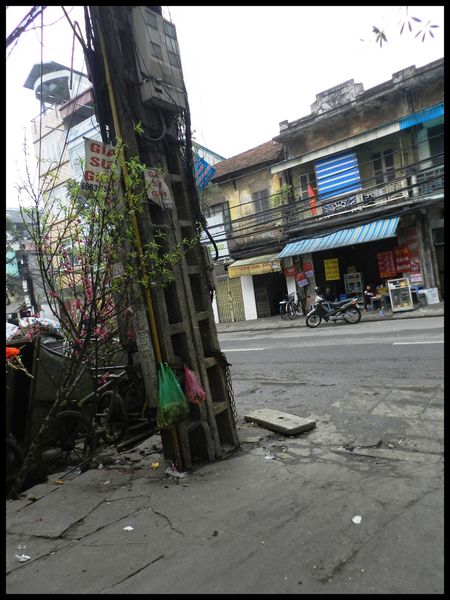
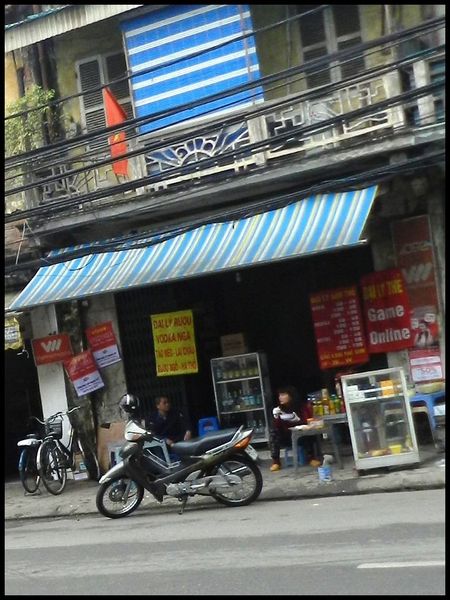


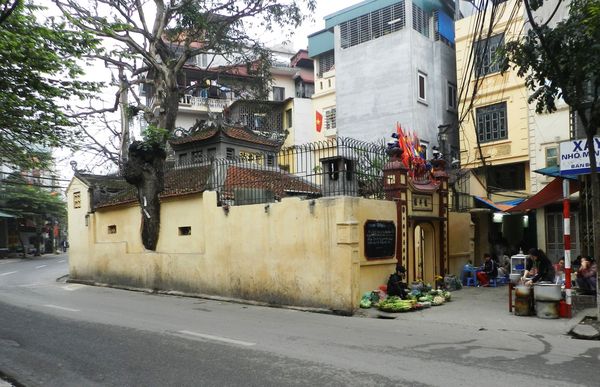
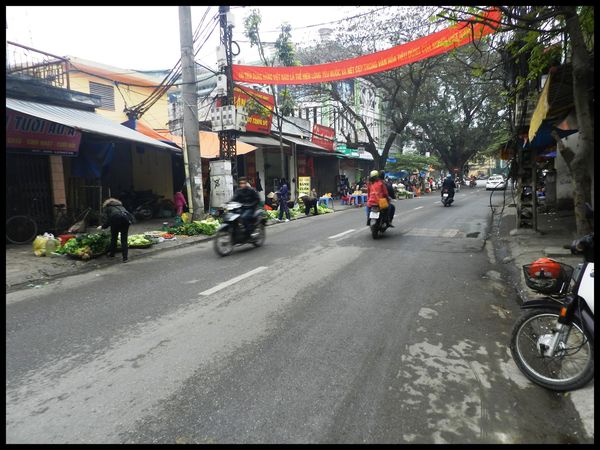
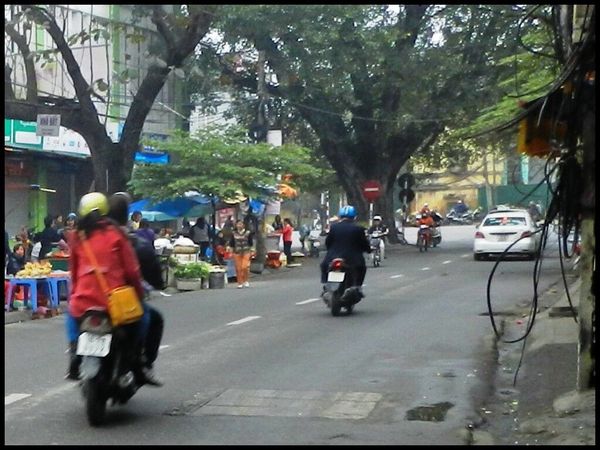
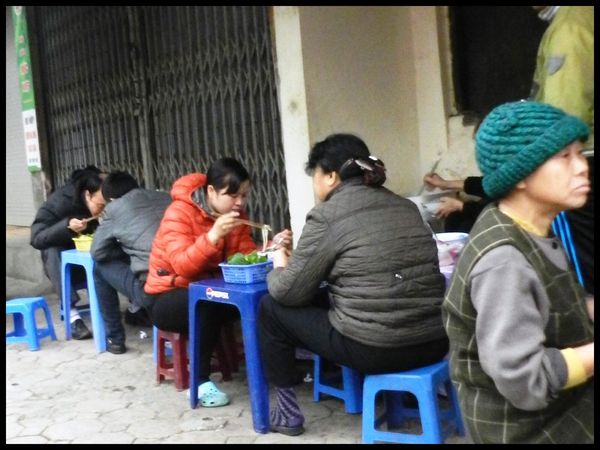

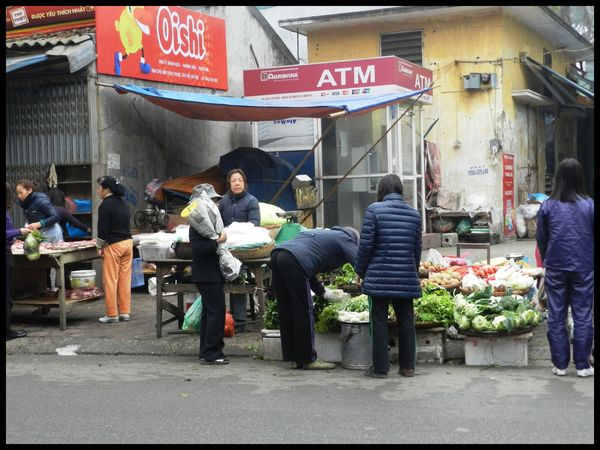


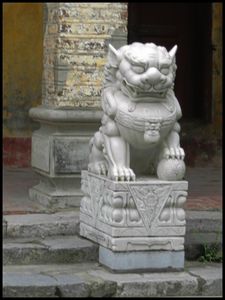


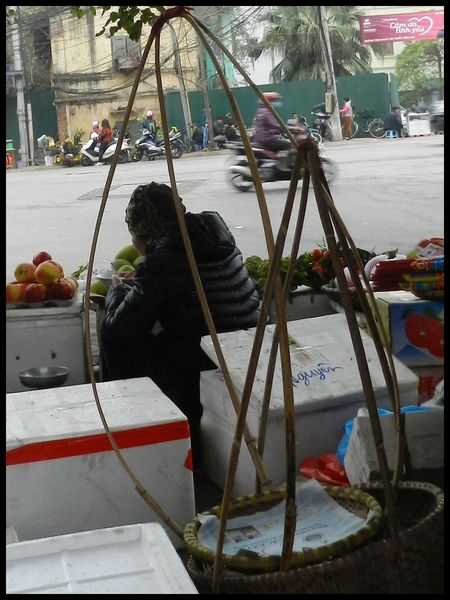

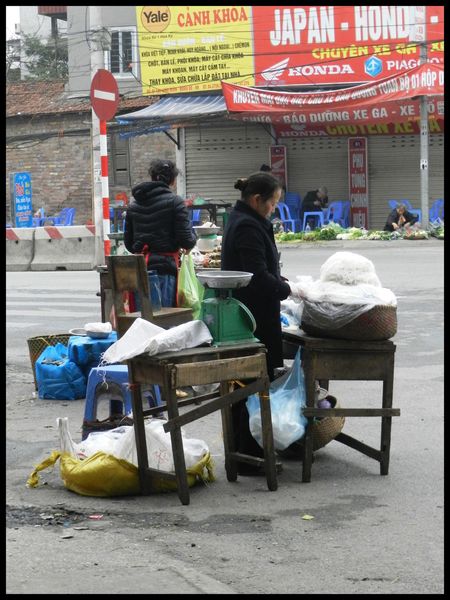

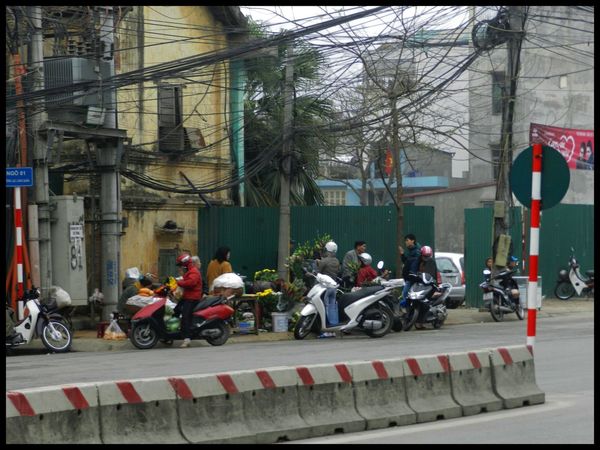

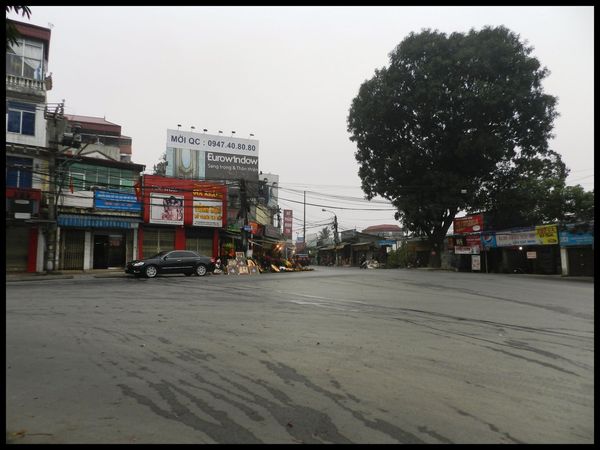



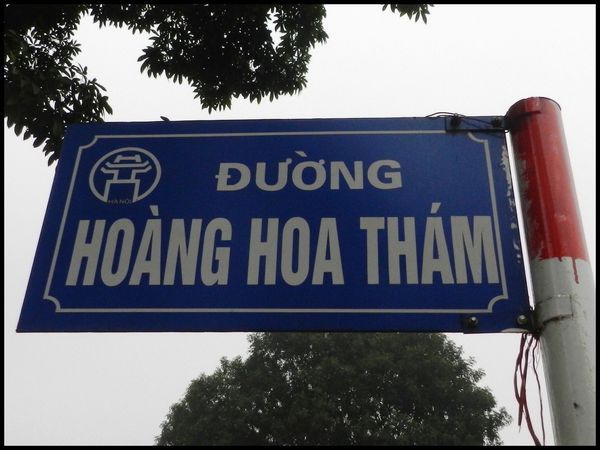
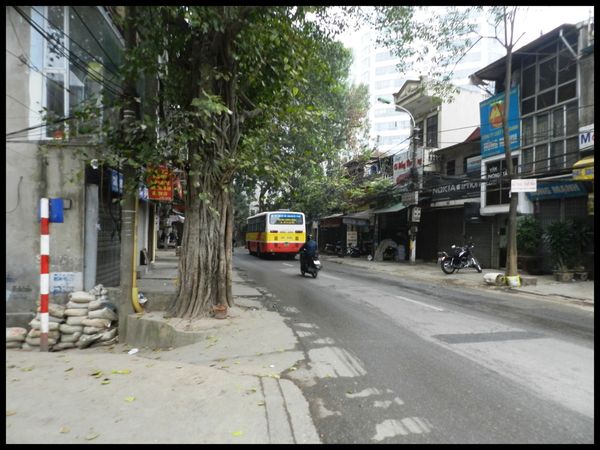
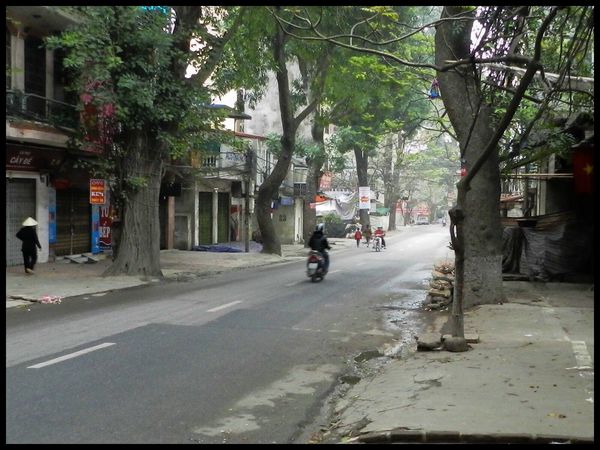
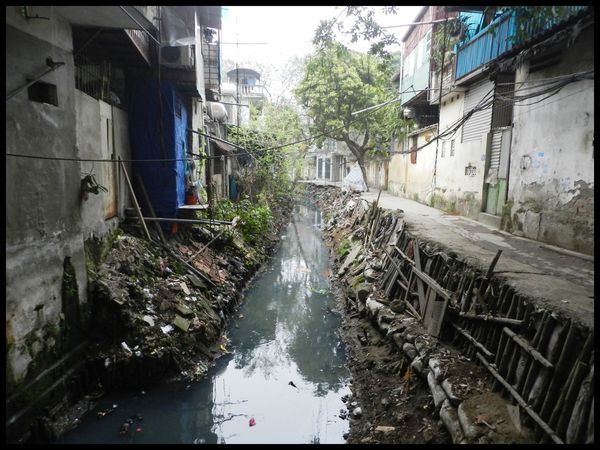

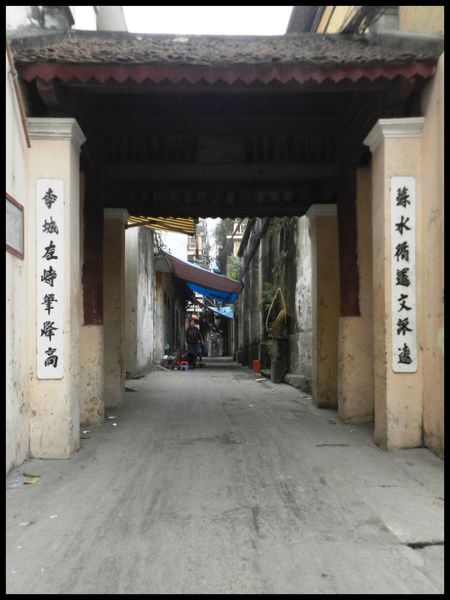

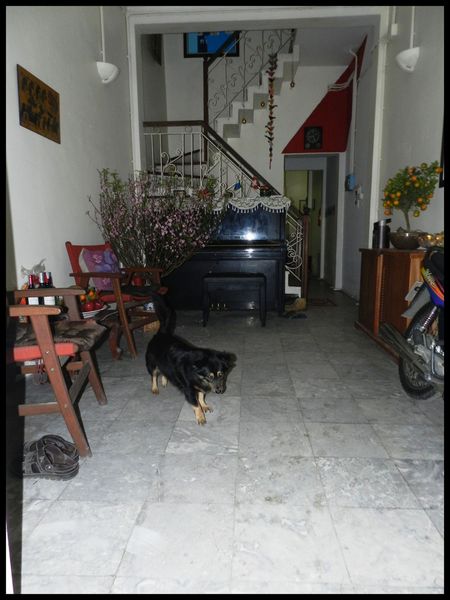
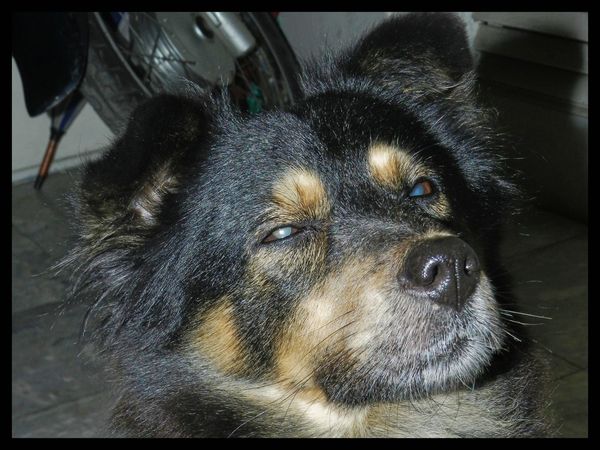
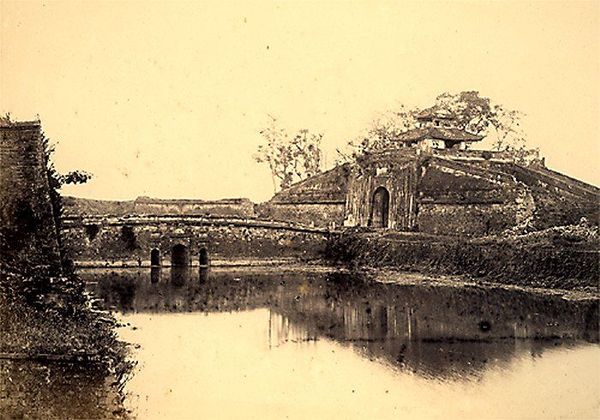
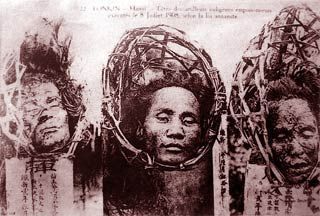

/image%2F1370655%2F20240429%2Fob_c68130_103387053.jpg)
/image%2F1370655%2F20240428%2Fob_5ad53e_20240428-114338.jpg)
/image%2F1370655%2F20240426%2Fob_b29188_100425430.jpg)
/image%2F1370655%2F20240426%2Fob_9d23d0_93053567.jpg)